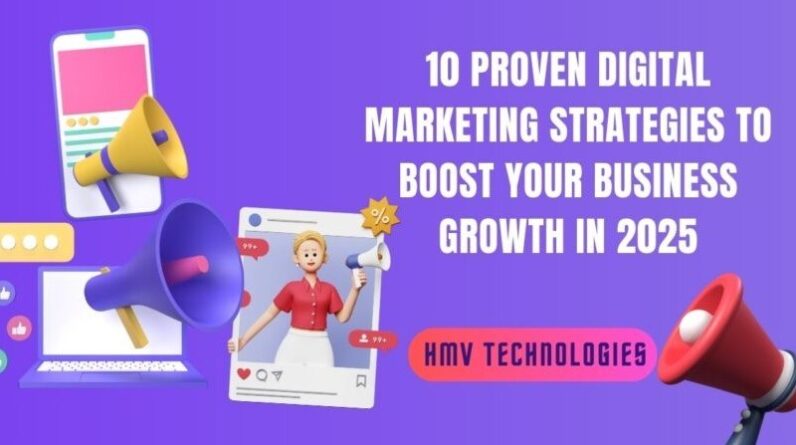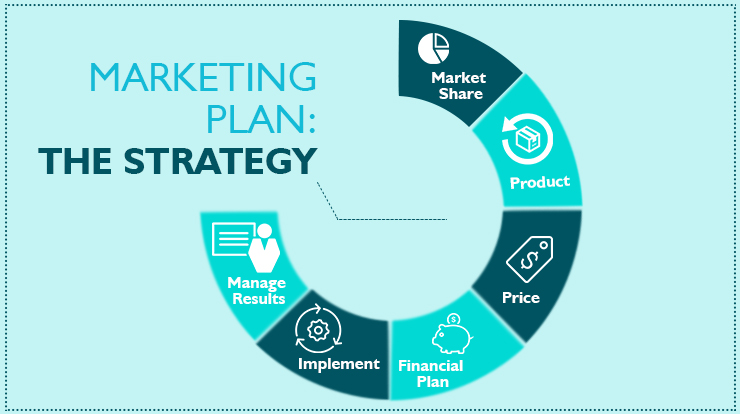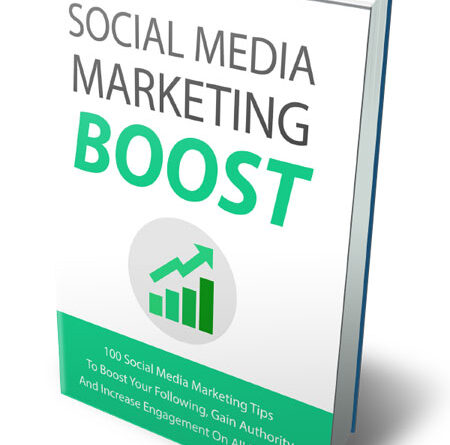
In the vast and rapidly growing health and wellness sector, content creators face a unique challenge: how to build a profitable business without compromising on trust. Unlike many other niches, the credibility of a health-related site is paramount. Users are looking for accurate, reliable information that can genuinely impact their lives. While AdSense can be a powerful tool for monetization, simply placing ads on a page isn’t enough. True success lies in a strategic digital marketing approach that prioritizes user value, builds authority, and organically guides the user toward engagement.
1. The Foundation: Trust and Expertise (E-A-T)

Google’s algorithm places immense emphasis on Expertise, Authoritativeness, and Trustworthiness (E-A-T), especially for content related to health, which falls under the “Your Money or Your Life” (YMYL) category. For your site to rank well and attract significant traffic—which is the prerequisite for AdSense revenue—your content must be authoritative. This means:
- Sourcing from Experts: Feature articles written or reviewed by qualified professionals, such as registered dietitians, certified fitness trainers, or medical doctors.
- Transparency: Clearly cite your sources, link to scientific studies, and provide a detailed “About Us” page that establishes your credentials.
- Building an Audience: A loyal, returning audience is key. People who trust your content will visit more often, leading to more page views and ad impressions.
2. Content as a Magnet for High-Value Ads
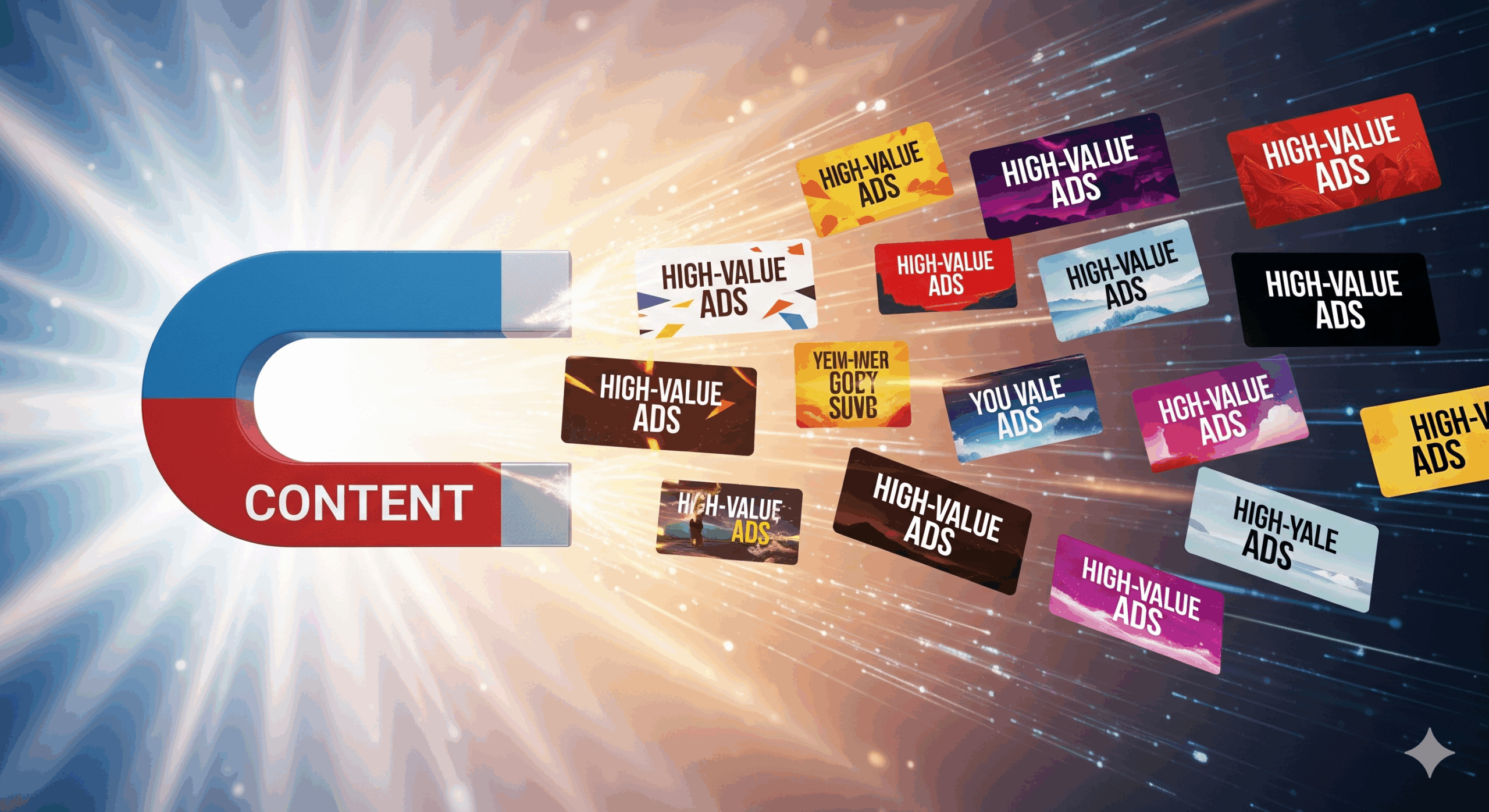
Not all clicks are created equal. The type of ads displayed on your site is heavily influenced by your content. To attract high-paying ads—such as those from reputable pharmaceutical companies, health insurance providers, or high-end supplement brands—your content must be high-quality and relevant to these advertisers.
- Deep-Dive Articles: Instead of short, generic posts, create comprehensive guides on topics like “Understanding Gut Health” or “A Beginner’s Guide to Mindful Meditation.” These types of articles attract a more engaged and valuable audience.
- Niche Focus: While “health” is broad, “holistic nutrition for athletes” or “mental wellness for entrepreneurs” is more specific. A narrower focus allows you to attract a more targeted audience and, in turn, higher-paying, niche-specific ads.
- Optimizing for Intent: Understand the user’s search intent. Are they looking for information on a specific condition, or are they ready to purchase a product? Create content for each stage of the user journey.
3. Strategic Ad Placement
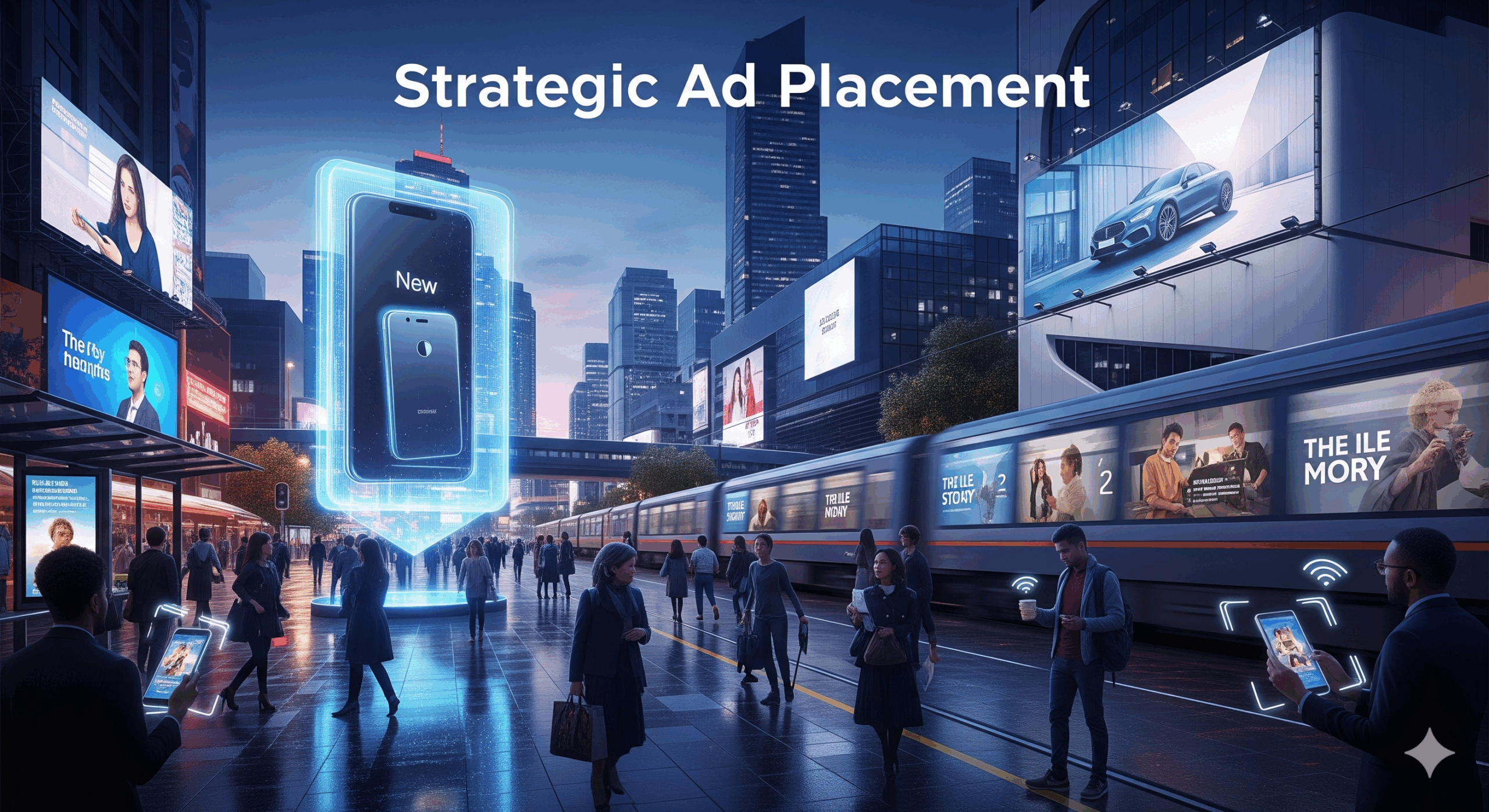
This is where the art of monetization meets user experience. Aggressive ad placement can drive away visitors, ultimately hurting your revenue in the long run.
- Less is More: AdSense is about balancing ad density with usability. Place ads where they are most likely to be seen without obstructing the content.
- In-Article Ads: Placing ads naturally within the body of a long-form article can be highly effective, as users are already engaged and scrolling.
- Anchor Ads: These mobile-friendly ads stick to the bottom of the screen as the user scrolls, providing a non-intrusive way to increase ad views.
- Avoid Above-the-Fold Clutter: Placing too many ads at the top of the page can slow down loading speed and frustrate users, leading to a higher bounce rate.
By integrating a strong E-A-T strategy, producing expert-driven content, and adopting a user-first approach to ad placement, health and wellness sites can maximize their AdSense revenue and build a sustainable, trusted brand that serves both their audience and their business goals.

